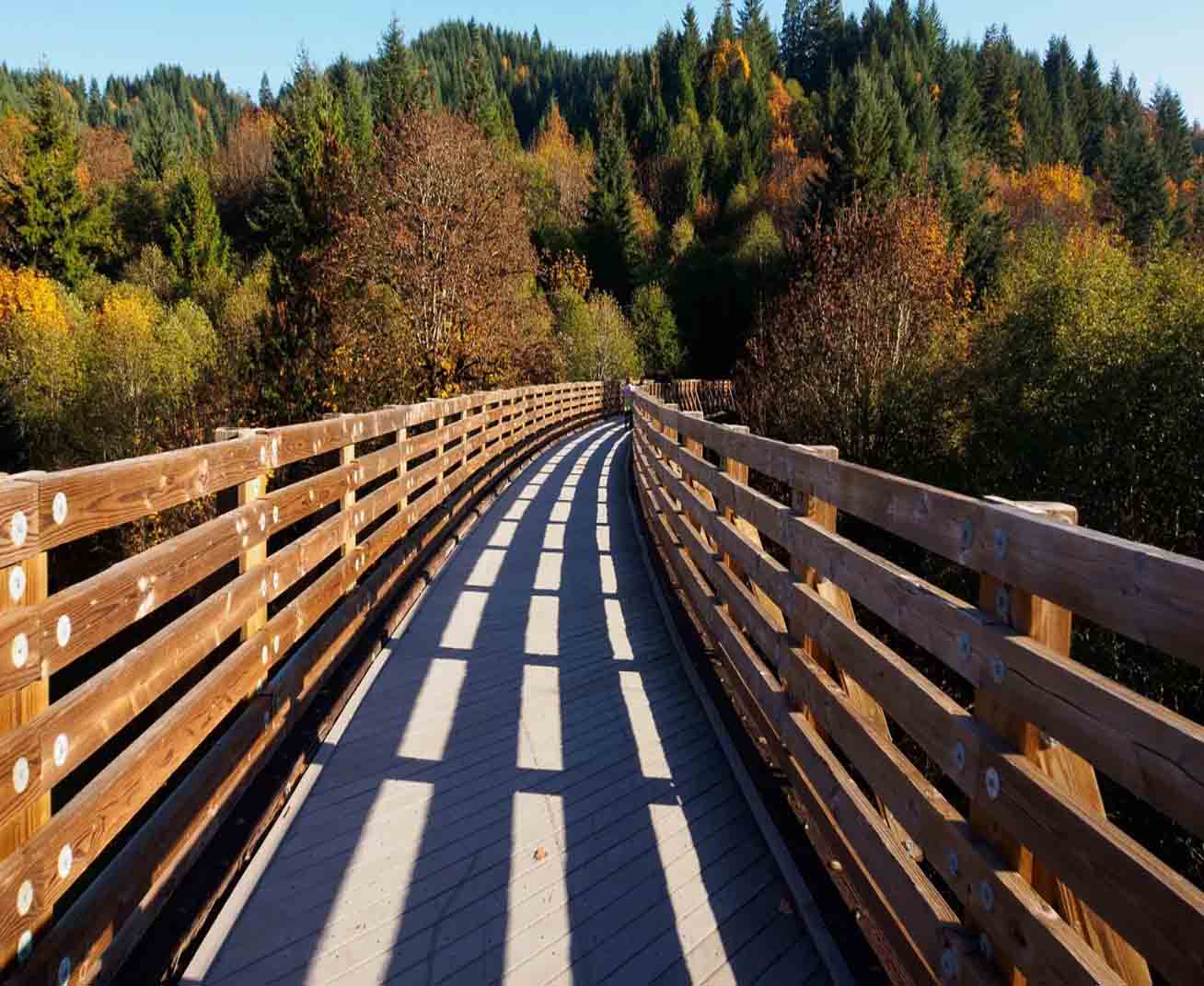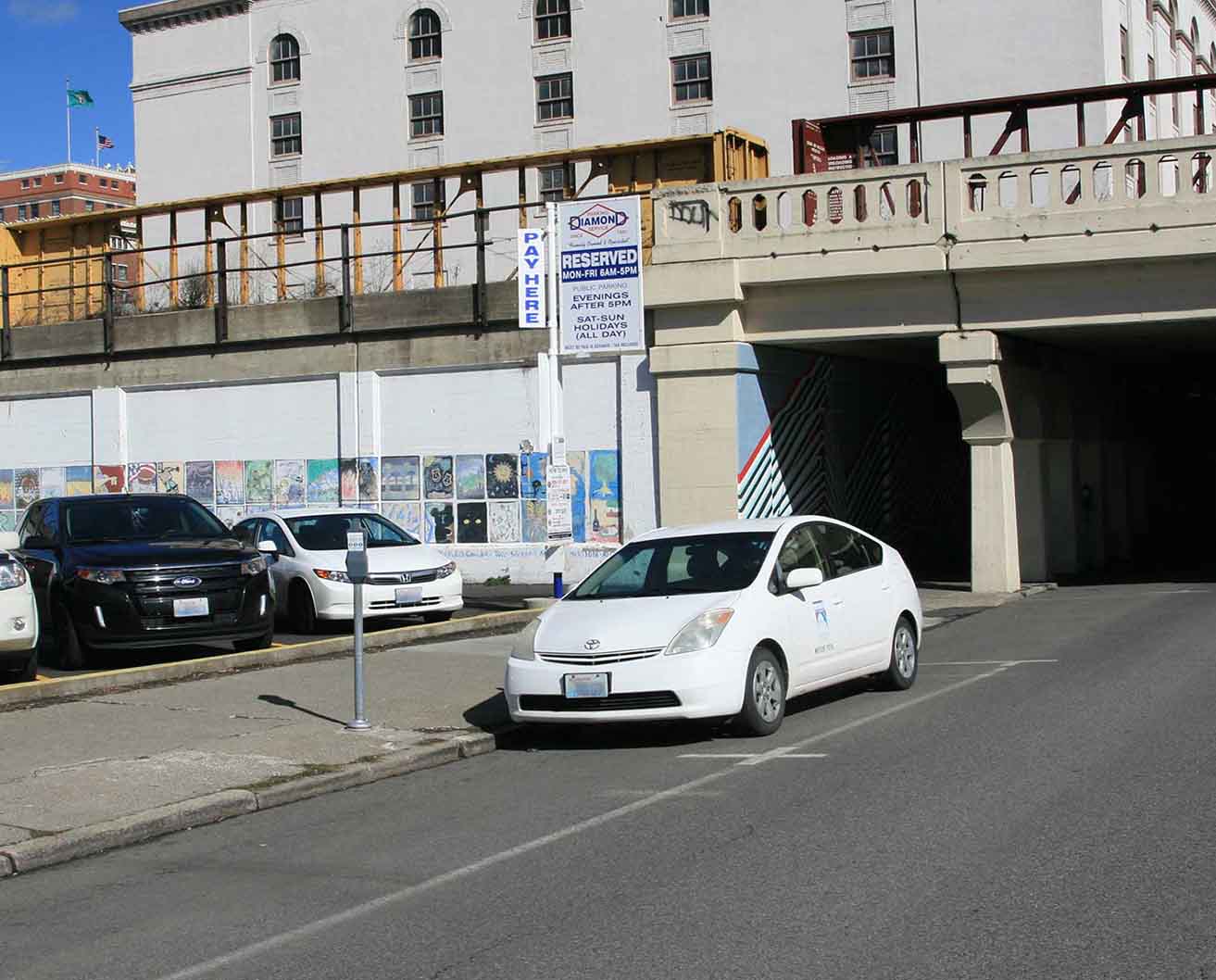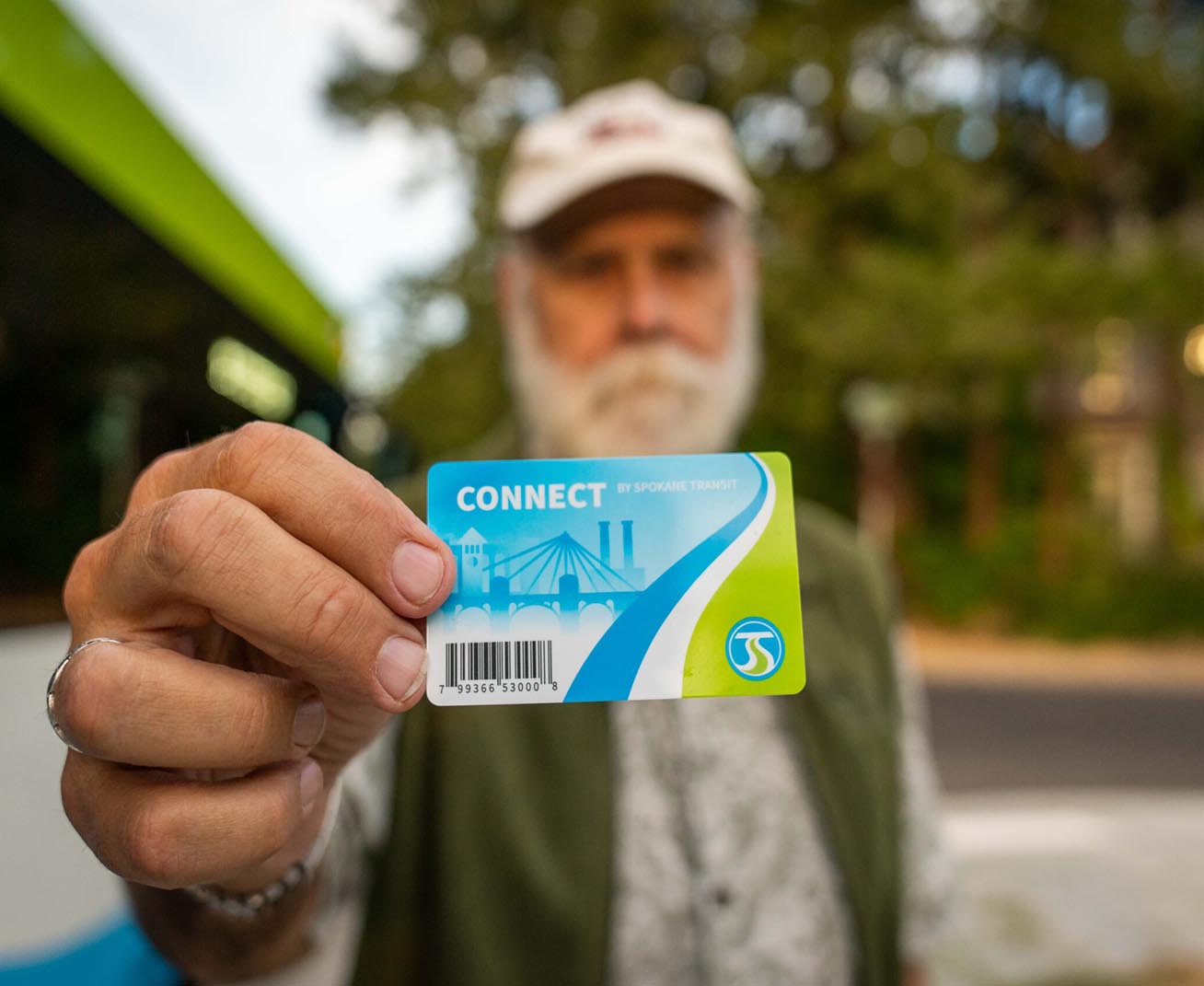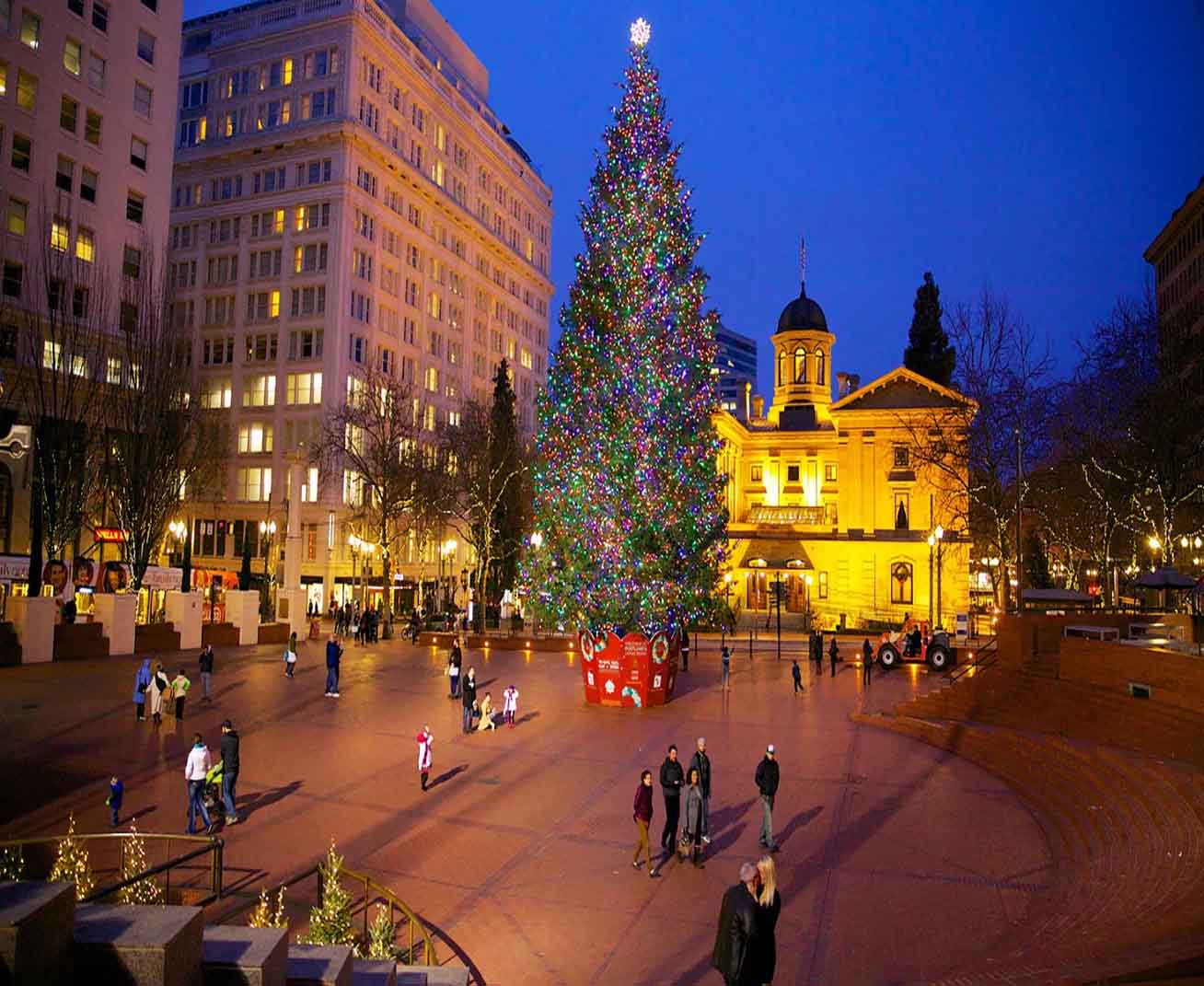The first time I set foot in Portland, I had no idea how deeply the city’s hiking trails and bike paths would shape my experience. I thought I was coming for coffee shops, Powell’s City of Books, and maybe a few breweries. But the truth is, Portland is a city where nature and urban life coexist so beautifully that walking and cycling become more than just ways to get around—they become the essence of discovery.
Whether I was winding through Forest Park on foot or gliding across the Willamette River on a rented bike, I found myself noticing the details that make Portland Portland: the moss growing on sidewalks, the murals tucked between buildings, the scent of pine carried on the air even in downtown. For anyone visiting this city for the first time, embracing hiking and cycling isn’t optional—it’s the key to feeling at home here.
Below, I’ll share the most important tips I’ve learned from my own Portland adventures. These aren’t just quick tricks; they’re detailed lessons that will help you make the most of your time on two feet or two wheels.
Tip 1: Start with the Right Base—Stay Near the Trails and Bike Routes
Whenever I travel, where I stay shapes how I move through a city. In Portland, that’s doubly true. If you want to dive into hiking and cycling, book accommodation close to trailheads or bike-friendly neighborhoods.
I once stayed near Washington Park, and I could walk straight from my hotel into miles of trails. Another time, I booked a place in the Pearl District, where bike rentals and river paths were at my doorstep. Platforms like Booking.com and Expedia made it easy to filter for hotels with bike storage or easy trail access.
My advice: don’t just look at price and star rating. Look at proximity to Forest Park, the Springwater Corridor, or downtown bike-share hubs. That choice will change how naturally hiking and cycling fit into your trip.
Tip 2: Forest Park Is a Must—But Pace Yourself
Forest Park is Portland’s crown jewel, and I’ll never forget my first hike there. Covering over 5,000 acres, it’s one of the largest urban forests in the U.S. Trails snake through lush greenery, streams gurgle quietly, and you’ll feel far from the city even though skyscrapers are minutes away.
My favorite entry point is the Wildwood Trail. It’s long—30 miles total—but you can do short sections. On my first visit, I started at the Lower Macleay trailhead and hiked to the Pittock Mansion. The climb left me breathless, but the view of the city skyline framed by Mt. Hood in the distance was unforgettable.
If you’re new to hiking, don’t overcommit. Pick a manageable loop, wear sturdy shoes, and bring water. I once underestimated how muddy the trails could get in spring, and I ended up sliding more than hiking. Lesson learned: check the weather, bring layers, and never assume “urban park” means easy terrain.
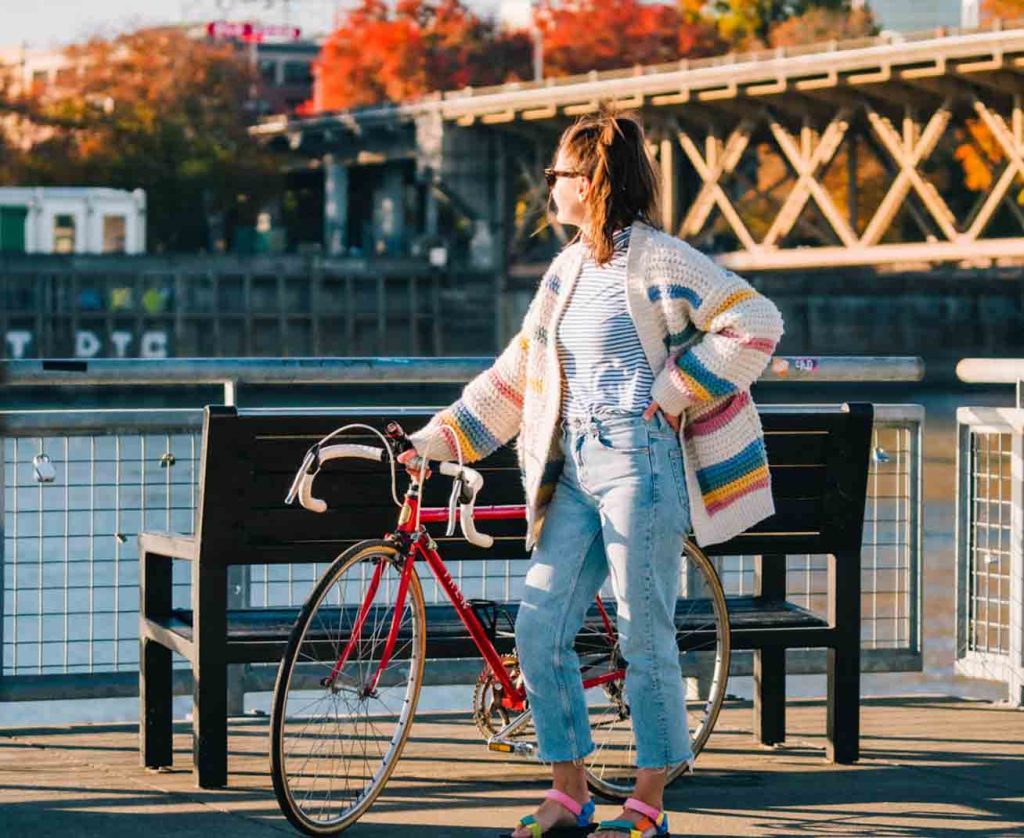
Tip 3: Rent a Bike—But Choose Wisely
Portland’s bike culture is legendary, but the type of bike you rent can make or break your trip. The first time, I grabbed the nearest bike-share option and set off. While it worked fine for a few miles downtown, I quickly realized it wasn’t built for longer rides along the river or into neighborhoods.
Later trips taught me to think ahead. Shops in Portland rent hybrids, road bikes, and even e-bikes. For casual rides along the Eastbank Esplanade or Tilikum Crossing, a bike-share is fine. For a full-day ride on the Springwater Corridor, I recommend a proper rental.
Check local shops like Cycle Portland or rent ahead of time through platforms like GetYourGuide or Viator, which sometimes package rentals with guided tours. It saves stress and often gets you better gear.
Tip 4: Embrace Portland’s Rain—It Will Happen
One of my first cycling experiences in Portland was on a drizzly morning. At first, I thought the rain would ruin the ride. But soon, I noticed how alive the city looked: reflections shimmering on wet pavement, the smell of damp earth rising from Forest Park, raindrops pattering on my jacket as I pedaled across a bridge.
The reality is, rain is part of Portland life. Instead of avoiding it, prepare for it:
- Pack a light, waterproof jacket.
- Wear quick-dry clothes.
- For cycling, fenders on your bike are a game-changer.
I learned to carry an extra pair of socks in my daypack, because nothing ruins a long walk faster than wet feet. Rain isn’t an obstacle here—it’s part of the atmosphere.
Tip 5: Combine Hiking with Public Transit
One of Portland’s secret advantages is how its transit system connects with outdoor areas. I once rode the MAX Blue Line to Washington Park station and stepped straight into trailheads. Another time, I used the bus to reach Sauvie Island for a riverside ride.
If you’re planning without a car, Google Maps is your best friend. Just remember to bring your Hop Fastpass card—the transit card that works on buses, MAX, and streetcars. By combining transit with hiking or cycling, you avoid the headache of parking and discover more spontaneous adventures.
Platforms like Skyscanner and Google Flights helped me plan flights into PDX with arrival times that aligned with transit schedules. That way, I could land, grab my backpack, and be on a trail within hours.
Tip 6: Fuel Up with Portland’s Food Scene
After hours of hiking or biking, there’s nothing better than stumbling into one of Portland’s food carts or cozy cafés. I’ll never forget finishing a long ride along the Springwater Corridor and treating myself to steaming ramen at a downtown food cart pod.
My advice: plan your hikes and rides with food in mind. For example, a ride across Tilikum Crossing pairs perfectly with brunch at a café in Southeast. A hike in Forest Park ends beautifully with coffee in the Alphabet District.
To secure a table at popular spots, I use OpenTable or Resy. Portland’s dining scene is vibrant, and reservations can save you from long waits—especially after a tiring adventure when all you want is a warm meal.
Tip 7: Don’t Skip the Willamette River Paths
The Willamette River slices through Portland, and its banks offer some of the city’s best walking and cycling routes. On the Eastbank Esplanade, I found myself gliding along floating walkways with downtown mirrored in the water. Crossing the Steel Bridge by bike was exhilarating, with trains rumbling below and the skyline stretching out ahead.
These river paths are perfect for first-time visitors. They’re flat, scenic, and connected to multiple bridges. My favorite loop is crossing Hawthorne Bridge southbound, riding the west bank, and returning via Tilikum Crossing. It gives you the city from every angle.
Tip 8: Safety Matters—But Relax, This Is Portland
Portland feels safe to me, but common sense still applies. On crowded bike paths, I always call out “on your left” before passing. On hikes, I carry a small first-aid kit and let someone know where I’m headed if I’m going solo.
Cycling downtown requires extra awareness—cars are generally respectful, but intersections can be tricky. My rule is: act predictably, use hand signals, and make eye contact with drivers when possible.
The city also has bike repair stations scattered around, which saved me once when I got a flat. Having that safety net gave me peace of mind.
Tip 9: Go Beyond the City—Day Trips Are Worth It
One of my most memorable Portland days was biking out to the Columbia River Gorge. I rented a road bike, loaded it onto a bus, and started my ride near Troutdale. Waterfalls tumbled beside me, and the roar of the Columbia kept me company.
Hiking at Multnomah Falls or cycling through wine country in the Willamette Valley is easier than you’d think, thanks to tours available on Viator and GetYourGuide. Booking through these platforms not only secured transportation but also ensured I didn’t miss hidden stops along the way.
Leaving the city by foot or wheel gives you a new perspective on Portland—one where nature truly dominates.
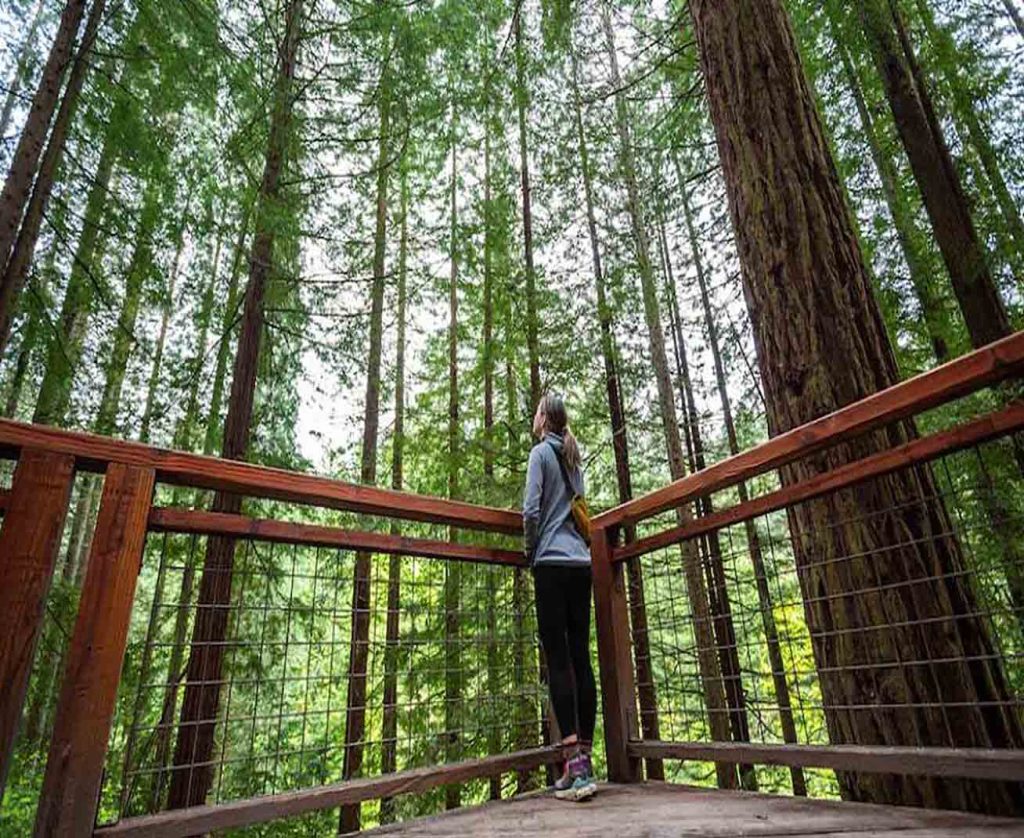
Tip 10: Respect the Environment and Community
Portland’s trails and bike paths are precious, and locals take pride in them. On my first hike, I noticed signs reminding visitors to “leave no trace.” I picked up a candy wrapper someone had dropped, and a passing hiker thanked me—it was a small moment that showed how seriously Portlanders take stewardship.
For cyclists, that means yielding to pedestrians on shared paths, using bells or voices to alert others, and never blocking sidewalks when parking bikes. For hikers, it means staying on marked trails and resisting the urge to shortcut.
Respect isn’t just about rules—it’s about joining a community that values nature and wants to preserve it.
Tip 11: Mix Short Walks with Long Treks
Not every hike has to be epic. Some of my favorite memories are from short urban walks: strolling down Alberta Street with murals popping up every few blocks, or exploring the Ladd’s Addition neighborhood with its quirky gardens.
Balancing these shorter strolls with longer treks in Forest Park or Mount Tabor gave my trip a natural rhythm. It also saved my legs from exhaustion. If you’re new to hiking, pace yourself and savor the small walks as much as the big ones.
Tip 12: Capture the Journey, Not Just the Destination
I learned quickly that Portland’s beauty isn’t only in viewpoints like Pittock Mansion or bridges across the river. It’s in the mossy brick walls, the unexpected foxgloves growing on sidewalks, the way fog hugs the trees on a chilly morning ride.
Bring a camera, yes, but don’t forget to look up, pause, and really see. Some of my favorite shots came while waiting at a crosswalk, when the light hit a mural just right. The journey here is as photogenic as the destination.
By the time I left Portland, I realized hiking and cycling weren’t just activities—they were the lens through which I experienced the city. Walking trails taught me patience, cycling routes showed me flow, and together they grounded me in a rhythm of life that felt slower, more deliberate, and deeply human.
For anyone visiting Portland for the first time, I can’t stress this enough: embrace hiking and cycling from the start. Let your feet and wheels guide you, and the city will reveal itself in ways no car ride ever could.
And don’t forget to plan with care—whether you’re booking flights through Skyscanner, reserving a cozy room with Booking.com, grabbing tour tickets via GetYourGuide, or reserving a post-hike dinner with OpenTable, the right platforms will make your adventure smoother. But once you’re here, let go of strict schedules. Wander. Pedal. Pause. That’s the Portland way.
